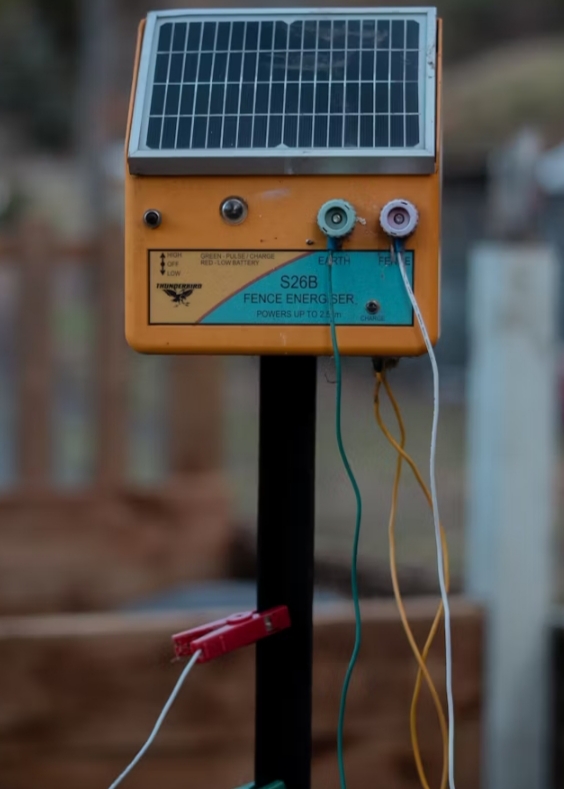In this article, we are going to discuss the solar controller HS Code. When it comes to solar energy systems, one of the key components that ensures smooth performance is the solar charge controller. If you have ever tried importing or exporting solar equipment, you will know that there is always this thing called the HS Code. It might sound technical, but in reality, it’s just a way countries around the world classify goods for trade.

So, if you are trying to understand the HS Code for solar controllers, you are in the right place. Let’s take our time and break it down in a simple, clear, and relatable way that doesn’t feel too “textbook-like.” After all, this isn’t just about numbers; rather, it’s about making sure you don’t run into unnecessary stress when dealing with customs or logistics.
What is an HS Code?
Before we even touch solar controllers, let’s start from the foundation, which is what the HS code means.
In the simplest term, the HS Code stands for Harmonized System Code. You can think of the HS code as a global language for trade. This is because every product that crosses a borde; whether it’s phones, batteries, or even clothes, has a unique code that identifies it.
This code usually has six digits as the international standard. However, some countries extend it further to 8 or even 10 digits for more detailed classifications. Meanwhile, without the correct HS Code, clearing your goods through customs can be a nightmare.
In nutshell, the HS Code is like a product’s “passport.” Without it, the product won’t be recognized internationally.
What is a Solar Controller?
A solar charge controller (or just solar controller) is a device that sits between your solar panels and your batteries. Its main job is to regulate how electricity flows so that your batteries don’t get overcharged or drained in the wrong way. There are two main types of solar controllers:
- PWM (Pulse Width Modulation) controllers: They are usually older and cheaper but are still used in smaller setups.
- MPPT (Maximum Power Point Tracking) controllers: They are more advanced, efficient, and suitable for bigger solar systems.
No matter the type, customs still needs to classify them under the right HS Code. And that’s where things often get confusing.
HS Code for Solar Controllers
The HS code for solar controllers is 90329000, 8537 or 8504.40. The HS Code static converter is 8504.40.
Static converters are basically devices that change or regulate electric power. Solar controllers are considered static converters because they regulate the flow of current from solar panels to batteries.
- The HS Code for electrical transformers, static converters, and inductors is 8504.
- The HS code for static converters (this is where controllers fall in) is 8504.40.
Depending on your country, this base HS Code may extend to 8 or 10 digits. For example, in some places it might read 8504.4090 or something similar. But the root six digits usually (8504.40) remain the same globally.
Why is the HS Code Important for Solar Controllers?
Now, some people might ask, “Why should I even bother with HS Codes? Can’t I just ship the product and let customs figure it out?” Well, here’s the truth:
- Correct classification saves money: If you use the wrong HS Code, you could end up paying higher duties or tariffs.
- Smooth customs clearance: Customs officers won’t hold your goods unnecessarily.
- International recognition: The HS Code acts as a standard across different countries, making global trade easier.
So, if you are in the solar business; whether importing, exporting, or even just moving goods around; it’s smart to always know the HS Code for your equipment.
Conclusion
Knowing the HS Code for solar controllers is more than just memorizing a set of numbers; it’s about making trade easier, cheaper, and faster. As we have seen, solar charge controllers are generally classified under HS Code 8504.40, which covers static converters. However, depending on the country, variations like 90329000 or 8537 may also be used.
Getting this code right is important because it saves you money on tariffs, prevents shipment delays, and ensures your goods are recognized worldwide. Whether you are an importer, exporter, or simply someone trying to ship solar equipment across borders, always confirm the correct HS Code before sending out your goods.
At the end of the day, the HS Code is like a product’s international passport because it gives your solar controller the recognition it needs to move smoothly through customs. With this knowledge in your hands, you can now handle solar controller shipments with more confidence and less stress.